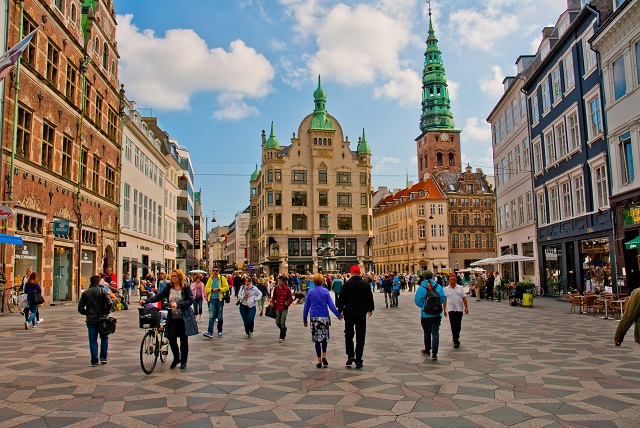Five Cities Show the Future of Walkability
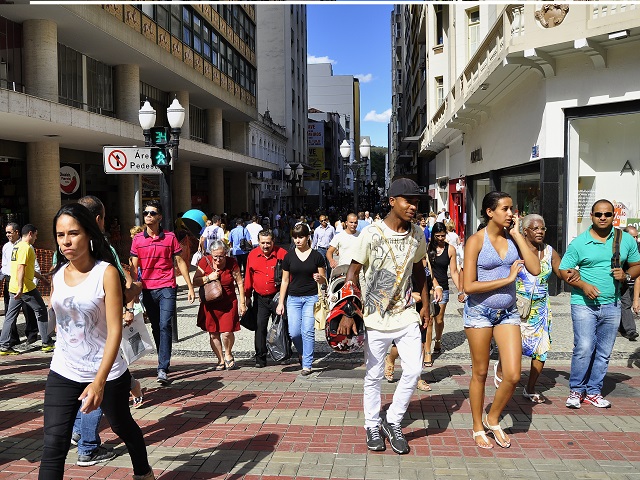
Pedestrian-only zones, well-maintained sidewalks, and good traffic signage are important for strengthening a city's walkability, as shown here in Juiz de Fora, Brazil. Photo by Mariana Gil/EMBARQ Brasil.
Nossa Cidade ("Our City"), from TheCityFix Brasil, explores critical questions for building more sustainable cities. Every month features a new theme. Leaning on the expertise of researchers and specialists at EMBARQ Brasil, the series will feature in depth articles on urban planning, sustainable mobility, gender, resilience, and other key themes for sparking more sustainable development in our cities.
To walk in our cities is more than just a simple act of transport. Walking represents an appropriation of urban space for daily life. It means being an active part of the urban environment by learning, understanding and shaping the city on a personal level. Walking is one of the most democratic and equitable ways of getting around, but it's also one of the ways most linked to factors outside an individual's control, like social or physical abilities and the presence of infrastructure to walk comfortably and safely.
These are the factors that define walkability, which refers to how safe, convenient, and efficient it is to walk in an urban environment. Walkability has a direct impact on urban residents' mobility, as the term is often used to communicate how likely the average person is to choose walking over other modes of transport in a given area.
The first thing to consider when measuring walkability is people's foot access to recreation, commerce, and entertainment—areas like parks, shops, restaurants, museums, and more. Then, we can consider the conditions of the routes walkers must take to reach these destinations. One's perception of walking—his or her willingness to choose walking over other modes of transport—is influenced by the quality and safety of sidewalks. Public spaces that incorporate best practices for designing sidewalks encourage more walking and improve quality of life in cities.
Urban planners in major cities around the world have been rethinking how we travel and many believe walkability should play a fundamental role. Amsterdam, Copenhagen, Helsinki, Zurich, and Hamburg are all walking towards a future in which their streets have more people and fewer cars. Here's how these five cities have been working to encourage travel by foot and improve the daily lives of urban residents.
Helsinki, Finland
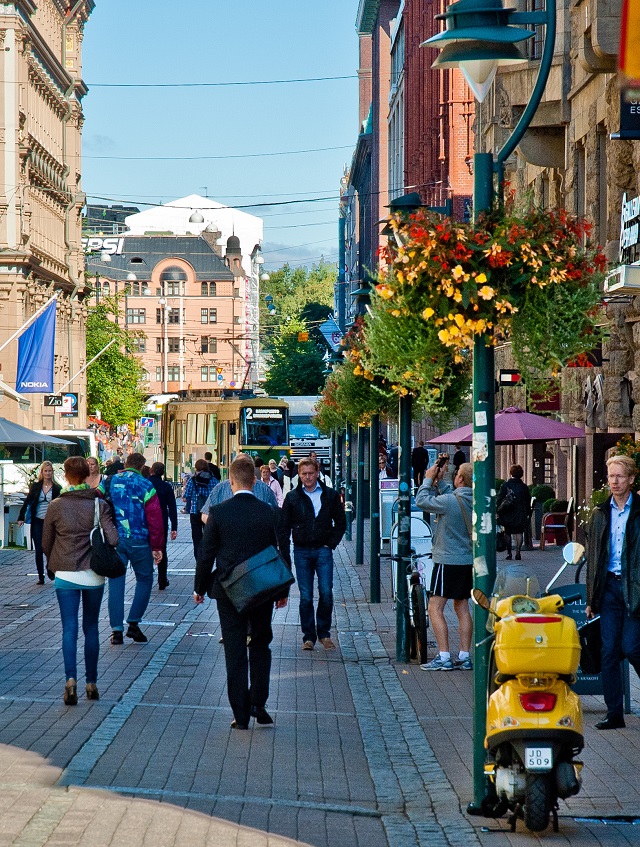
Helsinki's development plan sets a goal for residents to make all daily trips on foot or by bike by 2050. Photo by City Clock Magazine/Flickr.
The more people there are in a city, the fewer cars there should be allowed on the streets. This is the logic of the Finnish capital as detailed in a new plan that hopes to make car ownership "obsolete" by 2025. The city plans to develop a network of dense, walkable and interconnected neighborhoods and prioritize active transport. The idea is to make work, home, leisure, commerce and school close enough to one another to make daily travel on foot or by bicycle viable, and travel by car unnecessary.
Copenhagen, Denmark
Anticipating the future of sustainable mobility, Copenhagen first created areas exclusive to pedestrians in the 1960s. Today, the city is famous for its bicycle network, and the many pedestrian areas scattered throughout the city are connected by a variety of different modes of transport. Guided by the work of Jan Gehl, Copenhagen's transformation represents a shift in understanding—a recognition that enhancing pedestrian paths for walking and active transport can be one of the first steps to improving mobility and building a better city for people.
Zurich, Switzerland
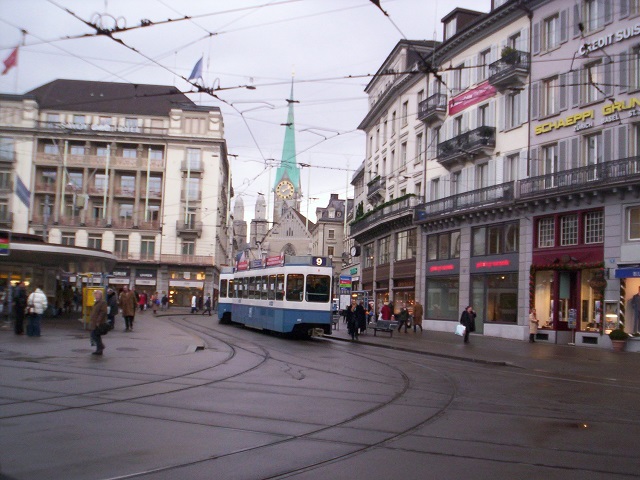
Because walkability has been a priority of Zurich since the mid-1990s, 34 percent of trips in the city are currently made on foot or by bike. Photo by Raymond Teodo/Flickr.
In Zurich, 34 percent of trips are made on foot or by bike. Delivering efficient, integrated, multimodal mobility that allows people to get almost anywhere without a car has been one of the hallmark achievements of the city. Plans to strengthen active transport began in 1996 with the so-called History Commitment. The document established that no new parking spaces could be built in the city unless they replaced old ones—limiting the use of cars in urban areas. Since then, building parking lots has taken place mostly underground, as ground-level space has been designated for creating parks, public spaces, and pedestrian-exclusive areas.
Hamburg, Germany
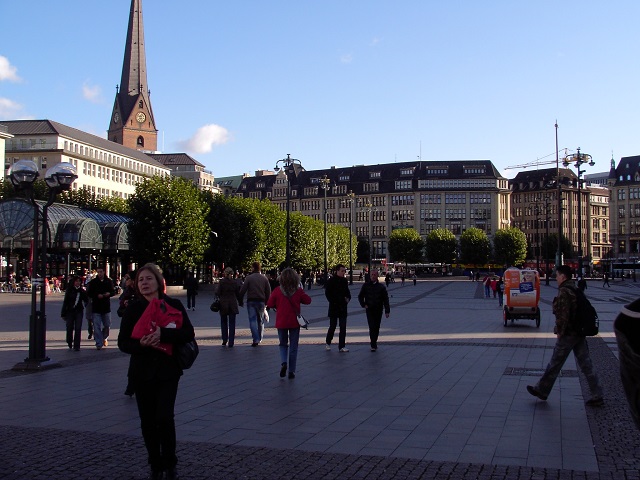
In Hamburg, the Green Network will connect green public spaces in the city and encourage active transport. Photo by flierfy/Flickr.
Hamburg was named European Green Capital in 2011 for its integrated planning strategies and ambitious goals. The city's primary goal is to make urban space fully accessible by foot or bike, with 40 percent of the city's land dedicated to green public spaces. This Green Network aims to reduce not only the movement of cars in the central region, but also the need to use them, showing that large cities can be walkable and designed for people.
Amsterdam, Netherlands

Amsterdam has achieved strong active transport by setting speed limits on most city roads and designating certain areas as car-free. Photo by Mariano Mantel/Flickr.
Amsterdam moves at the pace of a bike. In most areas of the city, speed limits barely reach 30 km/h, giving priority to people and active transport. While walking is somewhat on the decline in the city due to more and more people cycling, the city is working to balance this with new investments in walkability. Amsterdam is currently developing new public spaces that will have two features: 1) a low speed limit creates equitable conditions for all modes of transport; and 2) segregated tracks between modes, ensuring that pedestrians are not restructured to isolated sidewalks.
This article was originally published in Portuguese at TheCityFix Brasil.

